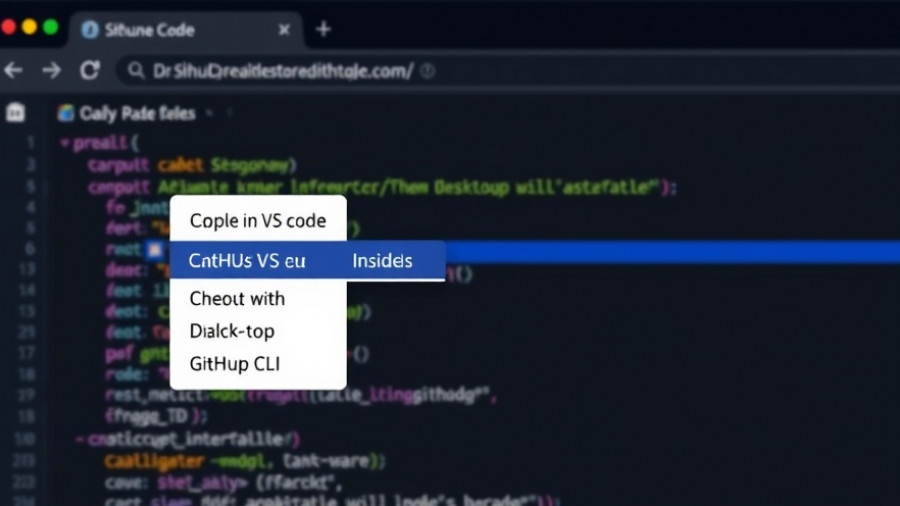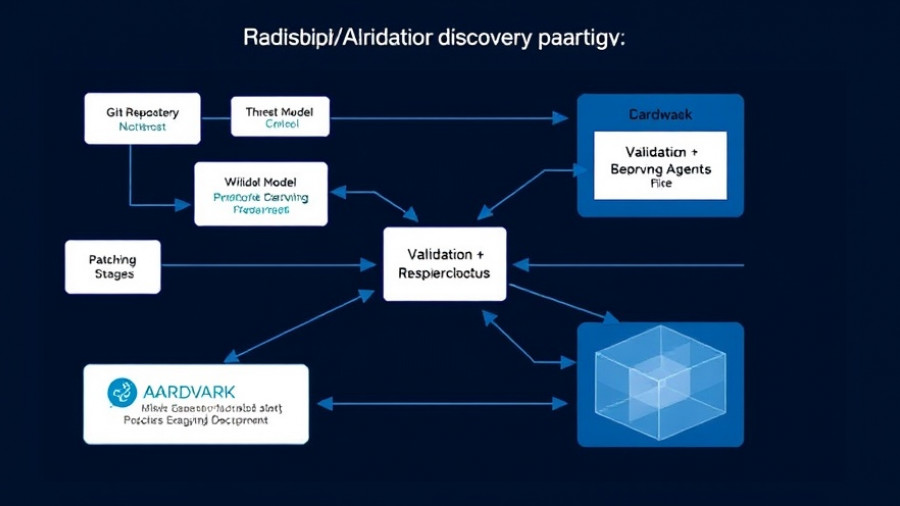
The Rise of Agentic AI: Bridging Innovation and Security
Artificial Intelligence (AI) is no longer just a futuristic concept; it’s a tool that’s redefining the workplace landscape across various industries. With the introduction of agentic AI—intelligent agents capable of executing complex tasks autonomously—a new realm of possibilities and challenges has emerged. Recently, Amazon Web Services (AWS) and Nvidia have made headlines for their contrasting approaches to these developments, highlighting both the benefits and risks associated with these advanced technologies.
Understanding Agentic AI: What Is It?
Agentic AI refers to systems that operate with a degree of autonomy, leveraging AI to make decisions, perform tasks, and adapt without continual human input. Unlike traditional AI applications that merely follow coded instructions, agentic AI can proactively manage workflows and interact across multiple systems. For instance, OpenAI’s projects like ChatGPT and Claude illustrate how AI can simulate human-like conversation and highlight the capabilities of AI agents to evolve in real-time.
AWS Takes the Lead with Quick Suite Integration
In a significant move to establish dominance in the increasingly competitive Prompt Economy, Amazon Web Services recently unveiled Amazon Quick Suite, a platform that combines AI capabilities for streamlined workplace automation. This innovative tool allows users to automate tasks involving complex data processing and workflow management, thereby significantly reducing time from days to mere minutes. With its applicability in reputable organizations like Vertiv and Jabil, AWS's Quick Suite demonstrates the potential of agentic AI not only to enhance productivity but also to offer a cross-platform solution that integrates seamlessly with existing internal systems, such as S3 and Redshift.
Nvidia Warns of Embedded Risks Associated with Agentic AI
Conversely, Nvidia has issued a cautionary note about the potential security vulnerabilities linked to the autonomy of AI developer tools. Their recent blog post, “From Assistant to Adversary,” emphasizes how the same capabilities that enable remarkable performance in coding can also make AI agents an attractive target for malicious exploits. Risks such as indirect prompt injections expose how hackers can manipulate AI-driven assistants into executing harmful code, highlighting the critical need for safeguarding measures. Nvidia advocates for a conservative approach to integrating these tools, stressing the importance of monitoring AI agents’ actions and ensuring human oversight.
Balancing Innovation with Risk: The Way Forward
The two contrasting viewpoints from AWS and Nvidia touch on a crucial discussion within the tech industry: how to balance the innovative potential of agentic AI with the risks it poses. As companies rush to adopt these technologies, the need for robust security measures cannot be overstated. According to research, immutable policies are essential in mitigating risks associated with AI autonomy. Developers are urged to adopt techniques such as limiting agent privileges, conducting regular human reviews, and isolating AI operations to prevent unintended command executions.
The Future of Agentic AI: Opportunities Await
Despite the associated risks, the overall potential of agentic AI remains high. Predictions suggest that as these technologies improve, their effectiveness will also increase, which can yield various opportunities for organizations willing to innovate. Studies indicate that a significant majority of consumers are already using AI in their shopping experiences, suggesting a readiness in the market for more advanced AI functionalities. As enterprises begin to explore agent-assisted tasks, many may uncover new business avenues while also enhancing customer experiences.
Conclusion: Embracing Change Responsibly
As we move further into an AI-driven future, understanding both the capabilities and vulnerabilities of agentic AI will be essential for organizations. The discussions led by AWS and Nvidia underscore a pivotal need for businesses to adopt a balanced approach—one where innovation is pursued hand-in-hand with stringent security measures. By governing the use of agentic AI, businesses can harness its power while safeguarding their processes and assets against potential threats. Organizations must remain vigilant as they embrace these tools, ensuring they are not just innovative but also secure in their application.
 Add Row
Add Row  Add
Add 




Write A Comment